Our Most Popular Scientists:
| Basic information | Isaac Newton | Albert Einstein | Galileo Galilei |
| Date of Birth | 25th December 1642 | 14th March 1879 | 15th February 1564 |
| sPlace of Birth | hamlet of Woolsthorpe | Ulm, Württemberg, Germany | Pisa, Duchy of Florence |
| Date of Death | 31st March 1727 | 18th April 1955 | 8th January 1642 |
| Age | 84 years old | 76 years old | 77 years old |
| Expertise | English physicist & mathematician | Physics | Astronomy, Physics, engineering, natural philosophy, mathematics |
| Revolution | 17th Century in the scientific revolution | Physicist of 20th Century | N / A |
| Discovery | Composition of white light & foundation of modern physical optics, 3 laws of motion, Universal law of Gravity | Theory of relativity, speed of light E=mc2, Avogadro’s Number, Periodic table, photons | Venus, Jupiter’s moons, Saturn and stars of Milky way |
| Inventions | N / A | N / A | Telescopes, microscopes, thermometer, revolutionized astronomy and biology |
| Nobel Prize | N / A | 1921, explanation for photoelectric effect | N / A |
| Awards | N / A | Award of science.Albert Einstein Award by Lewis & Rosa. Albert Einstein Medal in 1979. Einstein Prize for Laser Science. Einstein Prize (APS) in 2003 | N / A |
| Famous from | The universal law of Gravitation | E = mc2 speed of light | Galileo’s laws of motion |
| Took idea | Galileo Galilei’s mathematical science of motion | Newtonian inconsistencies in understanding of electromagnetism | |
| Habit | Watch cattle & reading book | Observe things around him | Astronomers books and fine arts books & notes learning |
| After rejoining school | Newton had abilities in drawing machine & windmills models | N / A | N/A |
| Completion of school | 1662 | Federal Polytechnic School in Zurich | 1580, matriculated in the university of Pisa |
| Scientific revolution | 1661 in Cambridge | N / A | |
| Discovery of Astronomers | Heliocentric system of the universe | N / A | |
| New concept | Intricate, impersonal, inter-machine | Against the newton’s laws of motion | Hydrostatic balance, studies of motion |
| Notes | Quaestiones Quaedam Phisolosophiace in 1664 | Essay on “On the Investigation of the State of the Ether in a Magnetic Field” | La bilancetta (“The Little Balance”) |
| Slogan given to notes | Amicus Plato, Amicus Aristotle, mias amica veritas | N / A | |
| Career | After writing notes in Trinity College in 1667 | 1908 in the University of Bern | University of Bologna in 1588 |
| learned work | Descartes | Mathematical structure, mastered integral & differential calculus | Aristotelian philosophy and mathematics |
| Discovery in work | Pierre Gassendi | N / A | N / A |
| Scientist of 17th Century | Robert Boyle provides a foundation for Newton’s Work in Chemistry | N / A | Aristotle work in the 16th Century |
| Discovery in 17th Century | Binomial theorem | N / A | N / A |
| Bachelor’s degree | April 1665 completed | 1900 | Left in the mid of his degree |
| Patent office | N / A | Swiss Patent Office | Florentine Academy |
| During plague years | Foundation of calculus & write an essay of “Of Colors” in Opticks | N / A | N / A |
| Taught to the students | 1670 – 1672 in his lectures of “Of Colors” in his book Opticks | He taught the students of mathematics in integral & differential structures | Taught to the student but unsuccessful |
| Discover in air | Rings in a film of air between lens & a flat sheet of glass, he called “Newton’s rings” | N / A | N / A |
| Book published | 1704, he published a book Opticks in a small amount of addition, In 1679 & 1680, Newton deal with orbital dynamics | In 1905, doctoral thesis from Albert Einstein published; Brownian motion Equivalence of mass & energyPhotoelectric effectSpecial relativity | Kinematics Strength of materialsDialogue Concerning the Two Chief World Systems |
| New controversy | 1675, new controversy with a piece of paper | A very, very rough approximation: the earth’s mass curves space. The moon’s speed keeps it rolling around the curve rather than falling to Earth. If you are on Earth and wish to leave, you need to climb out of the gravity well | Theorems on the Centers of gravity, The law of falling bodies, Parabola |
| Hypothesis | A Hypothesis Explaining the Properties of Light | N / A | N / A |
| Planetary motion | Newton discovered the planetary motion in 1679 | N / A | |
| Discover about planets | Orbits & radius | N / A | Venus, Jupiter’s moon, Saturn & Milky way |
| Universal Gravitation | August 1684 | N / A | N / A |
| Short book | De Motu (on motion) & later named “Philosophiae Naturalis Principia Mathematica” | N / A | N / A |
| laws of motion | Newton Proposed 3 laws of motion | Point out the problems in the Newton’s laws of motion | Galileo laws of motion |
| 1st law of motion | that a body remains in its state of rest unless it is compelled to change that state by a force impressed on it; | N / A | N / A |
| 2nd law of motion | that the change of motion is proportional to the force impressed; | N / A | N / A |
| 3rd law of motion | every action there is an equal and opposite reaction | N / A | |
| Receiving of manuscript | Royal Society in 1686 | N / A | N / A |
| Appointment | 1696 appointment in warden of Mint | N / A | N / A |
| Amount from warden | £2,000 per annum | N / A | N / A |
| Corruption | Corruption in Bible text by newton | N / A | N / A |
| Published bible | After the death of Newton | N / A | N / A |
| President of Royal society | Newton became the president of Royal society | N / A | N / A |
| Lunar theory | In the 1690s, Newton worked on Lunar’s theory | N / A | N / A |
| Edition of Opticks | Latin edition was published in 1706, 2nd edition in 1717-1718 | N / A | N / A |
Description About Isaac Newton:
Isaac Newton was born on 25th December 1642 and died on 27th March 1726, he was an English mathematician, astronomer, theologian & author. He brought a revolution in the 17th century that is called a scientific revolution due to his book “PhilosophiæNaturalis Principia Mathematica (Mathematical Principles of Natural Philosophy)” was published in 1687. Newton also made contributions in Opticks and share credit with Leibniz to develop the calculus. In Principia, Newton told about the universal laws of motion gravitation. He was the main person of the infinitesimal calculus. His father’s name was Yaemon & his mother’s name was Hannah Aysough. He took the idea of Galileo Galilei of mathematical science of motion. Her mother did 2nd marriage with Barnabas Smith, they left Newton to his grandmother & went to another village.[1]
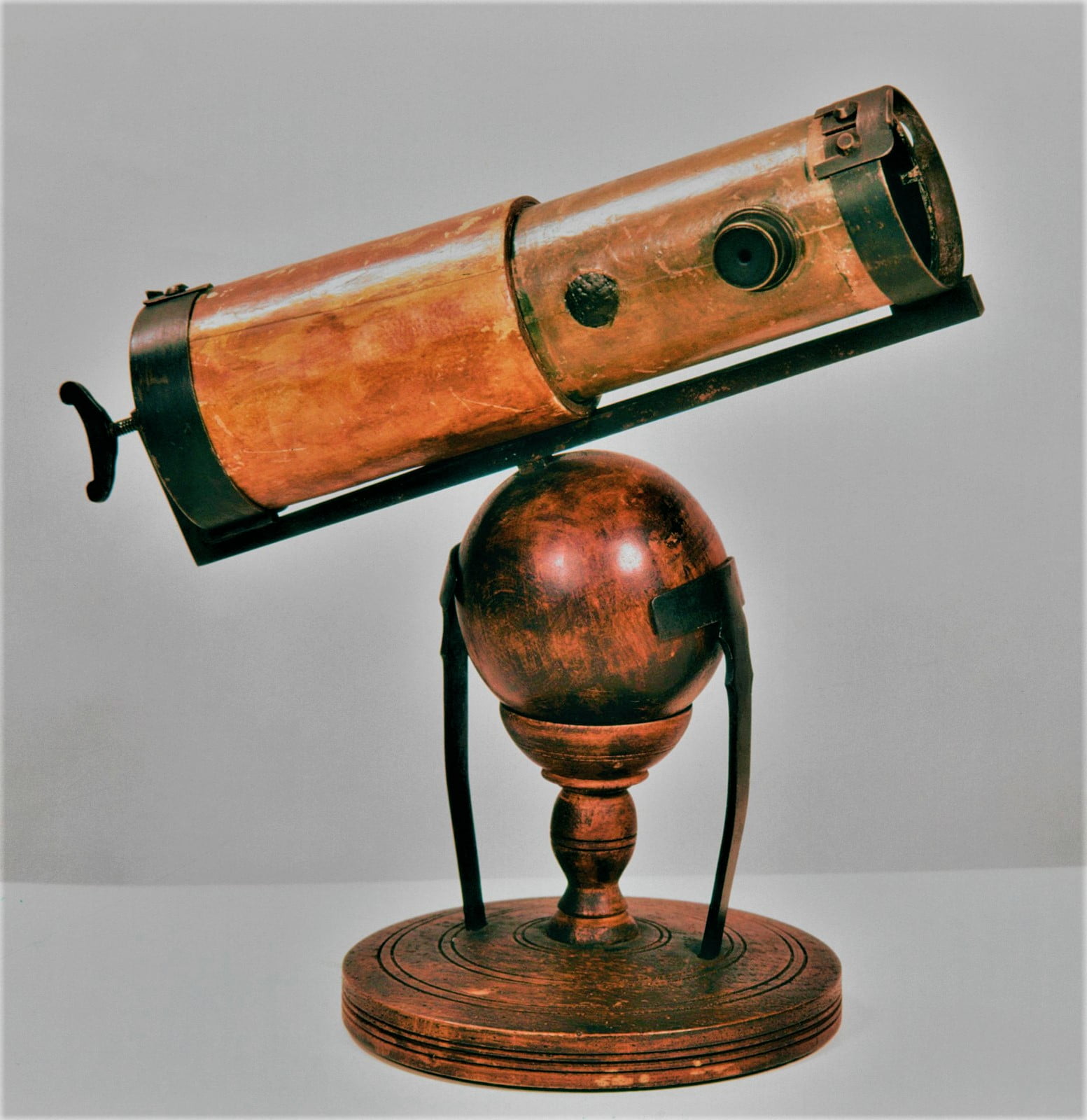
Barnabas Smith died in 1653 and his mother thought about him & wanted to take care of a weak child. When he was 20 years old, said that he will burn & over the house on them. He was insecure & spent all of his days watching cattle & reading books. After rejoining a school in Grantham, he prepared for the university & learned the Latin language. At school, he had abilities in making drawings of clocks, windmills, and other models of machines. In 1661, he joined Trinity College in Cambridge, the movement was running at that time “Scientific Revolution” where he worked on modern science and basic science. He was one of Our Most Popular Scientists. In that era, there were astronomers “Copernicus & kelper” which worked on the “heliocentric system of the Universe”. [1]
His fellows were impressed by his work that was based on the work of Aristotle. He compared Aristotle and Rene Descartes’s work and viewed the reality of particles of motion that resulted in mechanical interaction. For the purpose, he made notes which called as “Quaestiones Quaedam Philosophical” (“Certain Philosophical Questions”) and gave the slogan to the notes “Amicus Plato amicus Aristoteles magis amica veritas” (“Plato is my friend, Aristotle is my friend, but my best friend is truth”). He was mastered in the work of Descartes & discovered atomism to explain nature and our most popular scientists. His work rejected other scientists to work about the light and its particles. Newton studies and didn’t record “Quaestiones”, then he again started his work with Descartes & work on the Géometrie & did the modern research in support of classical geometry. Newton discovered “Binomial theorem” and develop “Calculus”.[1]
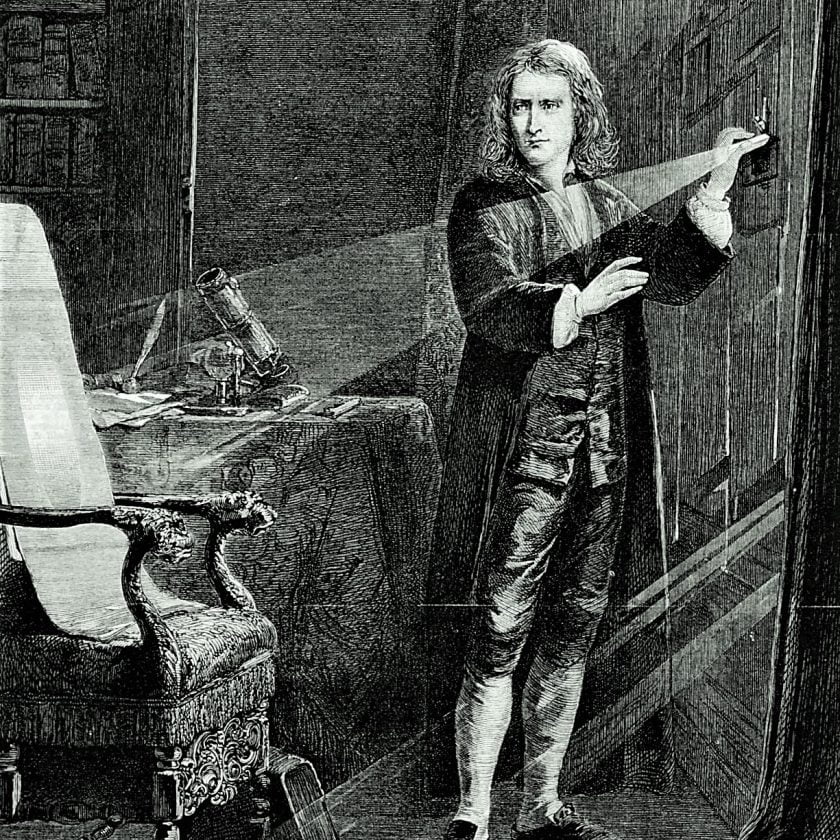
In 1669, Newton summarize his progress De Analysi per Aequationes Numeri Terminorum Infinitas (“On Analysis by Infinite Series”) which circulate and he got fame. He completed his Bachelor’s degree during the plague years in April 1665. While he was in University and completed out his new mathematics made on his own without any formal help. During the plague years, he was able to lay the foundation of calculus & wrote an essay on “Of Colors” on which his most of ideas elaborated in this “Opticks” & examined elements which are in a circular movement, apply this idea to the moon & other planets, got inverse square relation & find the distance from the sun. He proposed a law called “Universal Gravitation”. [1]
His career started in the field of optics when he was in “Trinity College” in the year of 1667 & 2 years later, there were 2 professors Isaac Barrow, Lucasian of mathematics resigned & gave the chance to Newton for getting success. He gave the lectures about 3 years (1670-1672) & developed an essay on “Of Colors” which he described in a book Opticks. Newton gave the hypothesis “Hypothesis of light, 1675”. He gave attraction and repulsion in the motion of the planet and defined rectilinear motion by a central attraction. He told me about the orbits and radius. He gave the theory about the universal gravitation in August 1684 which was visited by the British astronomer “Edmond Halley” & told about the problems of Orbital dynamics. After some months, he found a tract “De Motu (On Motion)”. [1]
He introduced 3 laws of motion and gave its proof. He described the distance of the moon, sun, and other planets between them, he said distance of the moon is 60 times the radius of Earth. After that, he proposed the Newton universal gravitation law which confirmed on the tides. After that, he got International Importance and famous in the later generation of his work. He worked in the Warden of mint and took about £2,000. He did some changes in the Bible and the corruption of the original text. The edited Bible was published after the death of Newton. He became a member of the Royal Family, later the President of the Royal Society. He visits the person and told about the discoveries and his works. Before his death, he wrote the edition of Opticks in 1704 and after 30 years of a published book, he wrote a book in Latin edition in 1706 and English Edition in 1717-1718. He wrote the 2nd edition of Principia which was edited by “Roger Cotes” in 1713 & 3rd edition was edited by “Henry Pemberton” in 1726. He remained the President of Royal Society till his last breath. [1]
Albert Einstein:

Albert Einstein was born on 14th March 1879 in Switzerland. He couldn’t talk in his childhood, and at the age of 3 years old, he was talked hardly about. He spent his childhood in Munich and his family member was an electromagnetic business. He was interested in nature and showed a high level of ability in mathematics & physics. He pointed out the problems and mistakes about Newton’s Laws and improve them.He was Our Most Popular Scientists. He completed his school education from Federal Polytechnic School in Zurich and completed his higher education from the University of Zurich in 1905. He was interested in the space, time, physics & mathematics.[2]
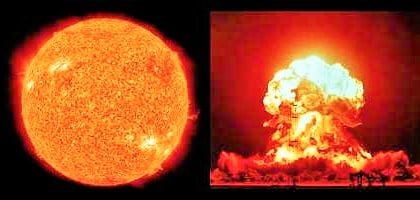
He discovered the Avogadro’s number in the periodic table, Atomic Bomb Formula, General Relativity, Special relativity, Mass energy equivalence E= mc2, Planck- Einstein relation E= hf, Brownian motion, Bose-Einstein statistics, Bose-Einstein condensate, Gravitational wave, cosmological Constant, Unified field theory, RPR paradox, Ensemble interpretation. He awarded noble prize in 1921 due to his specialized work in the mass-energy discover in physics. He was a scientist but later he moved to the politics and the states of the world. He was a German and he was from the Jewish religion. But when he moved to America, he died as an American when Hitler came to power. He wished that people should respect their humanity, not for their country of origin & religion. Once he said,[3]
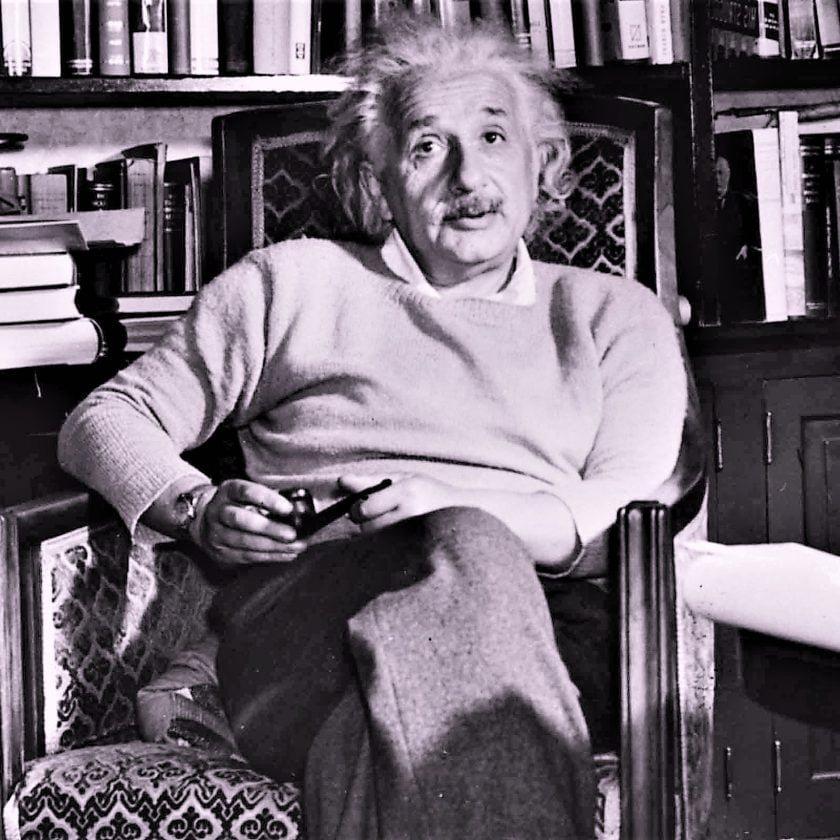
“If relativity is proved right the Germans will call me a German, the Swiss will call me a Swiss citizen, and the French will call me a great scientist. If relativity is proved wrong, the French will call me Swiss, the Swiss will call me a German, and the Germans will call me a Jew.”[3]
Galileo Galilei:
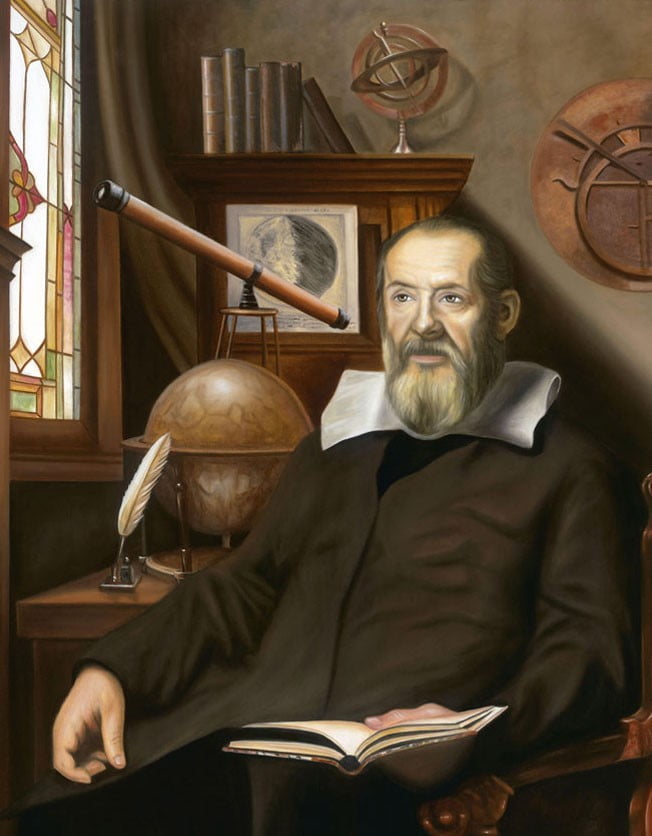
Galileo Galilei was born in Pisa in the year of 1564, he was the first and elder of six children. His father was a musician and scholar. In 1581, He completed his education at the University of Pisa at the age of 16 years old. His father wanted that his son became a doctor to serve humanity but his interest was not in the medical field. He was our most popular scientists. He got admission to Pisa University but did not complete the medical course due to not interest and low marks. After that, the first time discovered the rules that govern the motion of the pendulum in the year of 1583. After that discovery, he became the chair of mathematics at the University of Pisa and then in Padua. But in those days, he was performing the experiments with the falling bodies which made him the most significant contribution in the field of physics. [4]

Galileo made his first telescope in the year of 1609 and improve the Dutch Design. After that he discover new stars that were orbiting named Jupiter, Saturn, Venus, moon and other milky way Galaxies. But in the year of 1616 catholic Church placed Nicholas Copernicus’s “De Revolutionibus,” the first modern scientific argument for a heliocentric (sun-centered) universe, on its index of banned books. He published his “Dialogue Concerning the Two Chief World Systems”. He was famous for the Galileo’s laws of motion, he invented the compass, telescopes, microscopes, revolutionized astronomy & biology. our most popular scientists . In 1744 his “Dialogue” was removed from the Church’s list of banned books, after 20th century Popes Pius XII and John Paul II made official statements of regret for how the Church had treated Galileo. [5]
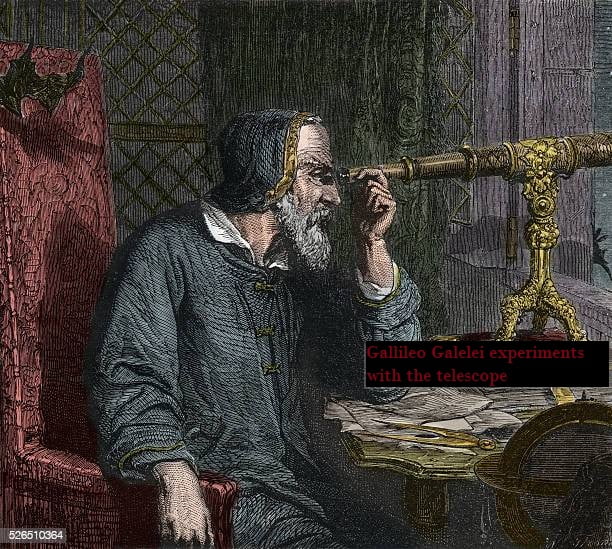
References:
1. Britanica. 31st August 2020; Available from: https://www.britannica.com/biography/Isaac-Newton.
2. Wikipedia. 31st August 2020; Available from: https://en.wikipedia.org/wiki/Albert_Einstein.
3. Britanica. 30th August 2020; Available from: https://www.britannica.com/biography/Albert-Einstein.
4. History. 31st August 2020; Available from: https://www.history.com/topics/inventions/galileo-galilei#:~:text=Galileo%20Galilei%20was%20born%20in,was%20a%20college%20dropout!).
5. Britanica. 31st August 2020; Available from: https://www.britannica.com/biography/Galileo-Galilei

